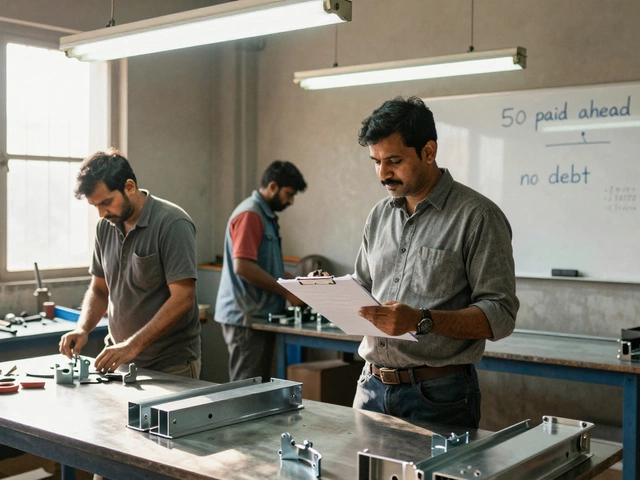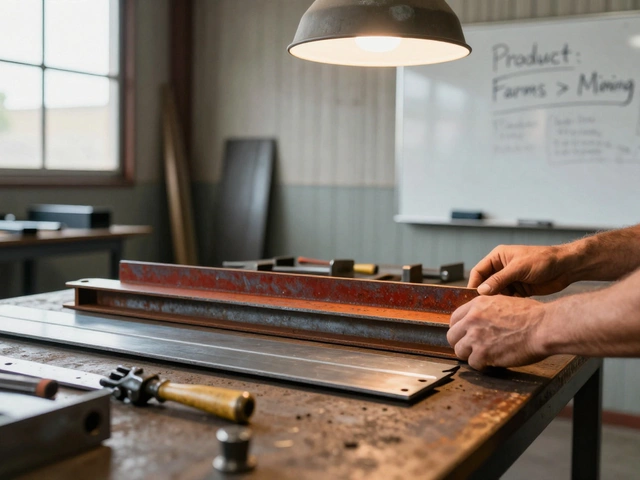No Money? How to Launch a Business with Zero Budget
Think you need a big bank balance to start something new? Wrong. Many successful ventures began with little more than a laptop, a phone, and a solid plan. Below you’ll find real, doable ideas and a simple roadmap that anyone can follow, even if the bank account is flat.
Real‑World Zero‑Budget Ideas
First, pick a product or service that costs almost nothing to start. Reselling is a classic example – find items on discount, e‑bay, or local clearance and flip them for profit. Our post “What Is the Most Profitable Item to Flip in 2025?” breaks down categories that give the best return.
Another low‑cost route is digital services. If you can write, design, or code, you can market those skills on freelancing platforms without any upfront expense. Even a simple consulting gig on manufacturing basics can earn you cash, especially after reading “How to Become a Successful Manufacturer: Step‑by‑Step Guide for 2025”.
Maybe you’re good at spotting trends. The article “Most In‑Demand Products in 2025” lists items people are already buying, so you can act as a middle‑man – source from a supplier and sell directly to buyers on social media.
Practical Steps to Stretch Every Rupee
1. Validate before you invest. Use free surveys, social media polls, or a simple landing page to gauge interest. If the response is warm, you already have proof that people want what you’re offering.
2. Leverage free tools. Google Docs, Canva’s free version, and free website builders let you create professional‑looking assets without paying a dime.
3. Partner up. Find a friend or a small supplier willing to share resources. For instance, the “How Much Money Do You Really Need to Start a Small Scale Business in 2025?” guide shows how sharing workspace can cut rent costs dramatically.
4. Re‑invest early profits. Instead of splurging on fancy ads, pour every earned rupee back into product inventory or better tools. This compounding effect fuels growth faster than a one‑off cash injection.
5. Stay lean. Keep a clear list of essential expenses – licenses, basic raw material, and a minimal marketing budget. Anything beyond that is a risk until you have steady cash flow.
Finally, keep learning. Articles like “Industries with Low Competition: Discover Untapped Business Opportunities in 2025” can point you to niches where competition is thin and profit potential is high. By staying curious and testing new ideas, you turn the "no money" constraint into a creative advantage.
In short, starting with zero budget isn’t a myth. Pick a low‑cost idea, validate it fast, use free tools, partner wisely, and reinvest every penny. Follow these steps and you’ll see that cash‑free entrepreneurship is more reachable than most people think.
Easiest Manufacturing Businesses to Start with No Money
Starting a manufacturing business with no money may seem impossible, but there are practical and creative ways to make it happen. By focusing on businesses that require low upfront costs, using readily available resources, and leveraging community support, aspiring entrepreneurs can get started. Today's tech-driven society offers unique opportunities to fund and promote new ventures without breaking the bank. Dive into these ideas and be inspired to begin your own journey into the manufacturing world.
Read More




